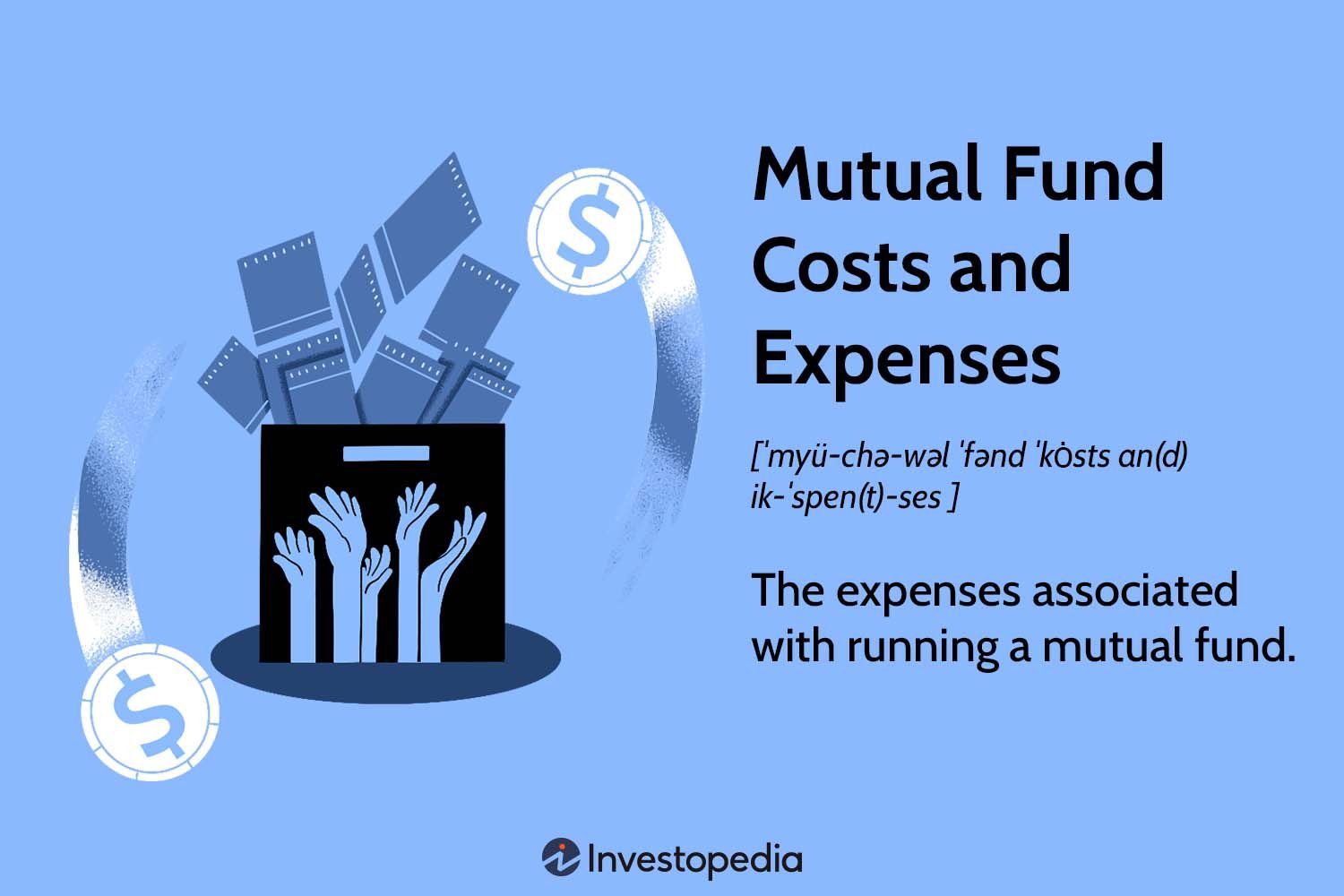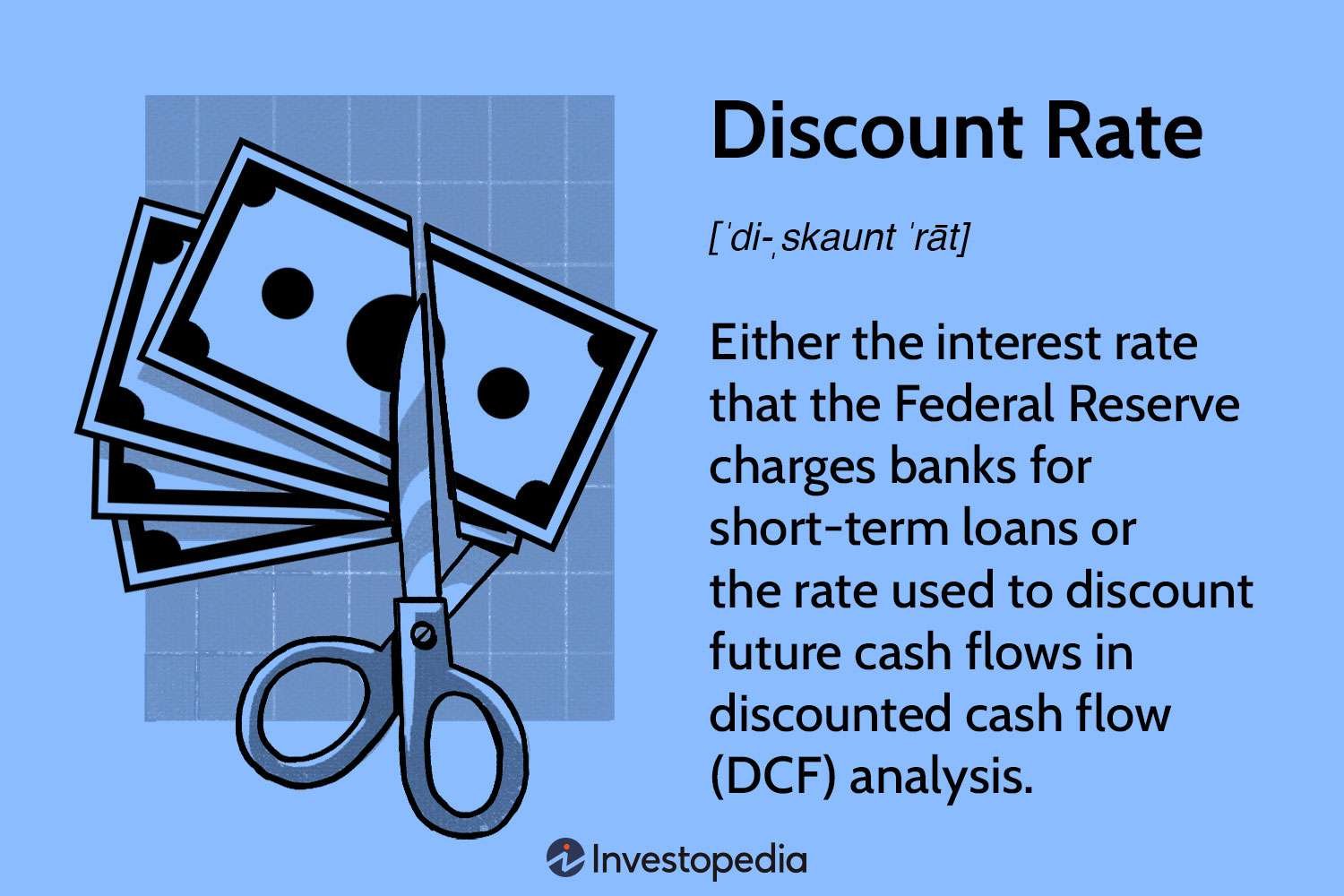Are mutual fund fees and charges perplexing you? Don’t worry, understanding mutual fund fees and charges doesn’t have to be complicated. In this article, we’ll break it down for you in a conversational and easy-to-understand manner. So, whether you’re a seasoned investor or just starting out, this guide will help you navigate the world of mutual fund fees and charges with clarity and confidence. Let’s delve into the details and demystify the complex world of mutual fund fees and charges together.
Understanding Mutual Fund Fees and Charges
Investing in mutual funds can be an excellent way to grow your wealth and achieve your financial goals. However, it’s crucial to understand the fees and charges associated with mutual funds to make informed investment decisions. In this article, we will delve into the complexities of mutual fund fees and charges, demystify their purpose, and provide you with the knowledge needed to navigate this aspect of investing.
Why Do Mutual Funds Charge Fees?
Before we dive into the specific types of fees, it’s essential to grasp why mutual funds charge fees in the first place. Mutual fund companies have expenses related to managing the fund and providing various services to investors. These expenses include research costs, investment advisory fees, marketing expenses, and administrative overhead.
Moreover, mutual fund companies employ teams of skilled professionals who analyze investment opportunities, monitor the market, and make educated decisions on behalf of the investors. These professionals are compensated for their expertise, which adds to the overall expenses of managing a mutual fund.
To cover these costs and compensate professionals, mutual funds charge fees. These fees enable mutual fund companies to provide investors access to professionally managed portfolios and a range of investment opportunities they may not have otherwise. While fees may seem burdensome at first, they are crucial for the functioning and growth of mutual funds.
Types of Mutual Fund Fees
There are several types of fees associated with investing in mutual funds. Let’s explore each one in detail, including their purpose and how they impact your investment returns.
1. Expense Ratio
The expense ratio is one of the most significant fees to consider when investing in mutual funds. It represents the percentage of a fund’s assets that goes towards covering the fund’s annual operating expenses.
Expense ratios cover various costs, including portfolio management, administrative expenses, and marketing fees. This fee is typically disclosed as a percentage and is deducted from the fund’s assets held on behalf of investors.
For example, if a mutual fund has an expense ratio of 1%, and you have invested $10,000 in the fund, the annual fee you would pay is $100.
It’s important to note that expense ratios can vary widely from fund to fund. Some funds, like index funds, may have lower expense ratios due to their passive management approach, while actively managed funds tend to have higher expense ratios to cover the cost of active portfolio management.
When considering a mutual fund, it’s essential to evaluate the expense ratio relative to the fund’s performance and the services provided. Lower expense ratios can potentially lead to higher investment returns over the long term.
2. Front-End Load
A front-end load, also known as a sales load, is a fee charged by some mutual funds at the time of purchase. This fee is calculated as a percentage of the total amount invested and is deducted upfront before the investment is made.
The purpose of a front-end load is to compensate the financial advisor or broker selling the mutual fund. It is important to note that not all funds charge a front-end load, and those that do may offer breakpoints or discounts for larger investments.
For example, if a mutual fund has a front-end load of 5% and you invest $10,000, $500 would be deducted as a sales load, and only $9,500 would be invested in the fund.
When considering a fund with a front-end load, it’s crucial to weigh the impact of the fee on your investment returns and evaluate whether the potential benefits of investing in the fund outweigh the upfront cost.
3. Back-End Load
Unlike front-end loads, back-end loads, also known as deferred sales charges, are fees charged when you sell mutual fund shares. These fees are typically assessed on a declining scale and decrease the longer you hold the shares.
Back-end loads are designed to encourage long-term investing by discouraging frequent buying and selling of fund shares. These fees are used to compensate the financial advisor or broker and can vary depending on the length of time the shares are held.
For example, a back-end load might be 5% if shares are sold within the first year, 4% if sold within the second year, and so on until the load reaches 0% after a predetermined number of years.
It’s important to note that not all mutual funds charge back-end loads, and funds that do may have a variety of structures. Investors should carefully consider the potential impact of these fees on their investment returns, especially if they anticipate needing to liquidate the investment in the short term.
4. Redemption Fee
A redemption fee is a fee charged by some mutual funds when shares are redeemed or sold within a specified holding period. The primary purpose of a redemption fee is to discourage short-term trading that can disrupt the fund’s management strategies or disadvantage long-term investors.
Redemption fees are typically a small percentage of the amount being redeemed and are intended to cover administrative costs associated with the redemptions.
For example, a mutual fund may charge a redemption fee of 1% if shares are sold within 90 days of purchase. If you were to sell $10,000 worth of shares within that period, you would be subject to a $100 redemption fee.
It’s worth noting that redemption fees are not as common as they once were. However, it’s essential to review a fund’s prospectus or offering documents to determine if any redemption fees apply and consider how they may impact your investment strategy.
5. Management Fee
The management fee is a specific fee charged by the mutual fund company to cover the cost of managing the fund’s portfolio. This fee compensates the professionals responsible for making investment decisions, conducting research, and monitoring the fund’s performance.
Management fees are typically expressed as an annual percentage of the fund’s assets under management (AUM) and are deducted from the fund’s assets.
For example, if a mutual fund has a management fee of 1% and manages $1 million in assets, the management fee collected annually would be $10,000.
It’s important to note that management fees can have a significant impact on investment returns over time. It’s crucial to evaluate these fees in relation to the fund’s performance and the services provided by the fund manager.
6. 12b-1 Fee
The 12b-1 fee, named after the Securities and Exchange Commission (SEC) rule that permits its collection, is a fee charged by some mutual funds to cover marketing and distribution expenses. This fee is typically expressed as an annual percentage of the fund’s assets and is included in the fund’s expense ratio.
12b-1 fees are used to compensate financial intermediaries who distribute and promote the fund, including brokers, financial advisors, and investment platforms. These fees can cover a range of activities, such as advertising, sales materials, and investor education.
For example, if a mutual fund has a 12b-1 fee of 0.5% and manages $1 million in assets, the 12b-1 fee collected annually would amount to $5,000.
It’s worth noting that not all mutual funds charge 12b-1 fees, and those that do may have different fee structures. Investors should carefully evaluate these fees and consider their impact on investment returns and the value received for the services provided.
How to Evaluate Mutual Fund Fees and Charges
When evaluating mutual fund fees and charges, it’s crucial to consider several factors to make informed investment decisions:
1. Compare Expense Ratios
Comparing expense ratios across different funds can help you identify funds with more favorable cost structures. Lower expense ratios can potentially lead to higher investment returns over the long term.
It’s important to evaluate expense ratios relative to the fund’s performance, services provided, and the category of the fund. For example, actively managed funds typically have higher expense ratios compared to passively managed index funds, as active management requires more resources.
2. Consider Load vs. No-Load Funds
Determine whether investing in a load or no-load fund is more suitable for your investment strategy. Load funds charge upfront or backend sales loads, while no-load funds do not charge these fees.
Front-end loads may be justified if you receive valuable advice or have access to personalized services. However, no-load funds can be a cost-effective option for self-directed investors who are confident in making their investment decisions.
3. Assess the Fund’s Performance History
Evaluating a fund’s historical performance alongside its fees can provide valuable insights into the value received for the fees paid. While past performance does not guarantee future results, it can help you assess whether the fund’s management has consistently delivered returns that justify the costs.
4. Consider the Fund’s Investment Strategy
Evaluate the fund’s investment strategy and determine if the active management approach justifies the higher expense ratio. If a fund’s investment strategy closely aligns with your financial goals and investment preferences, paying higher fees may be justified.
5. Seek Professional Advice
If the world of mutual fund fees feels overwhelming, seeking guidance from a qualified financial advisor can help you navigate the complexities. A financial advisor can assess your investment goals, risk tolerance, and overall financial situation to recommend suitable funds with reasonable fees.
It’s important to note that financial advisors may charge their own fees based on the services provided. Before engaging a financial advisor, ensure you understand their fee structure and the value they bring to your investment journey.
In conclusion, understanding mutual fund fees and charges is essential for making informed investment decisions. While fees may appear burdensome at first, they are necessary to cover the costs of managing funds and providing valuable investment opportunities. By evaluating different types of fees, comparing expense ratios, and considering performance history, you can navigate the mutual fund landscape with confidence and choose funds that align with your financial goals. Remember, wise investing goes beyond fees alone; it involves understanding the overall value proposition of each fund and how it aligns with your investment strategy.
Mutual Fund Fees Explained – In Under 3 Min!
Frequently Asked Questions
Frequently Asked Questions (FAQs)
What are mutual fund fees and charges?
Mutual fund fees and charges refer to the costs associated with investing in a mutual fund. These fees and charges are deducted from the fund’s assets and can include management fees, administrative expenses, operating costs, and sales loads.
How do mutual fund fees and charges impact my investment?
Mutual fund fees and charges can have a direct impact on your investment returns. Higher fees can eat into your overall returns, reducing the amount of money you ultimately receive from your investment. It is important to understand and evaluate the fees and charges associated with a mutual fund before investing.
What is an expense ratio?
The expense ratio is a commonly used metric to determine the total annual costs incurred by an investor in a mutual fund. It represents the percentage of a fund’s assets that are used to cover operating expenses and management fees. A lower expense ratio is generally considered more favorable for investors.
Are there different types of mutual fund fees?
Yes, there are different types of mutual fund fees. Some common types include sales loads, which are charges paid when buying or selling shares; management fees, which cover the cost of managing the fund; 12b-1 fees, which are marketing and distribution expenses; and redemption fees, which may be charged when redeeming shares.
How are mutual fund fees and charges disclosed?
Mutual fund fees and charges are typically disclosed in a fund’s prospectus and annual report. The prospectus provides detailed information about the fees and expenses associated with the fund, while the annual report outlines the actual fees charged during the previous year.
Can I avoid mutual fund fees and charges?
While it is not possible to completely avoid mutual fund fees and charges, you can minimize their impact by selecting funds with lower expense ratios and no or low sales loads. Additionally, some investment platforms offer commission-free options for certain mutual funds.
What is a front-end load?
A front-end load, also known as a sales load, is a fee charged when purchasing shares of a mutual fund. It is typically a percentage of the total investment amount and is deducted upfront. Front-end loads are used to compensate financial advisors or brokers for their services.
What is a back-end load?
A back-end load, also known as a redemption fee, is a fee charged when selling shares of a mutual fund within a specified time period. This fee is intended to discourage investors from making short-term trades and is typically a percentage of the amount being redeemed. The back-end load gradually reduces over time.
How can I compare mutual fund fees and charges?
To compare mutual fund fees and charges, you can review the expense ratios of different funds. The expense ratio directly reflects the costs associated with investing in the fund. However, it’s important to consider other factors such as performance, risk, and investment objectives when comparing funds.
Final Thoughts
Understanding mutual fund fees and charges is crucial for investors. These fees can significantly impact your investment returns, so it’s important to be aware of them. You may encounter various types of fees, such as expense ratios, sales loads, and redemption fees. By familiarizing yourself with these fees, you can make informed decisions about which mutual funds to invest in. Keep in mind that lower fees generally lead to higher returns over the long term. Therefore, when considering mutual fund investments, carefully analyze the fees and charges associated with them. This understanding will empower you to navigate the mutual fund landscape effectively and maximize your investment potential.



